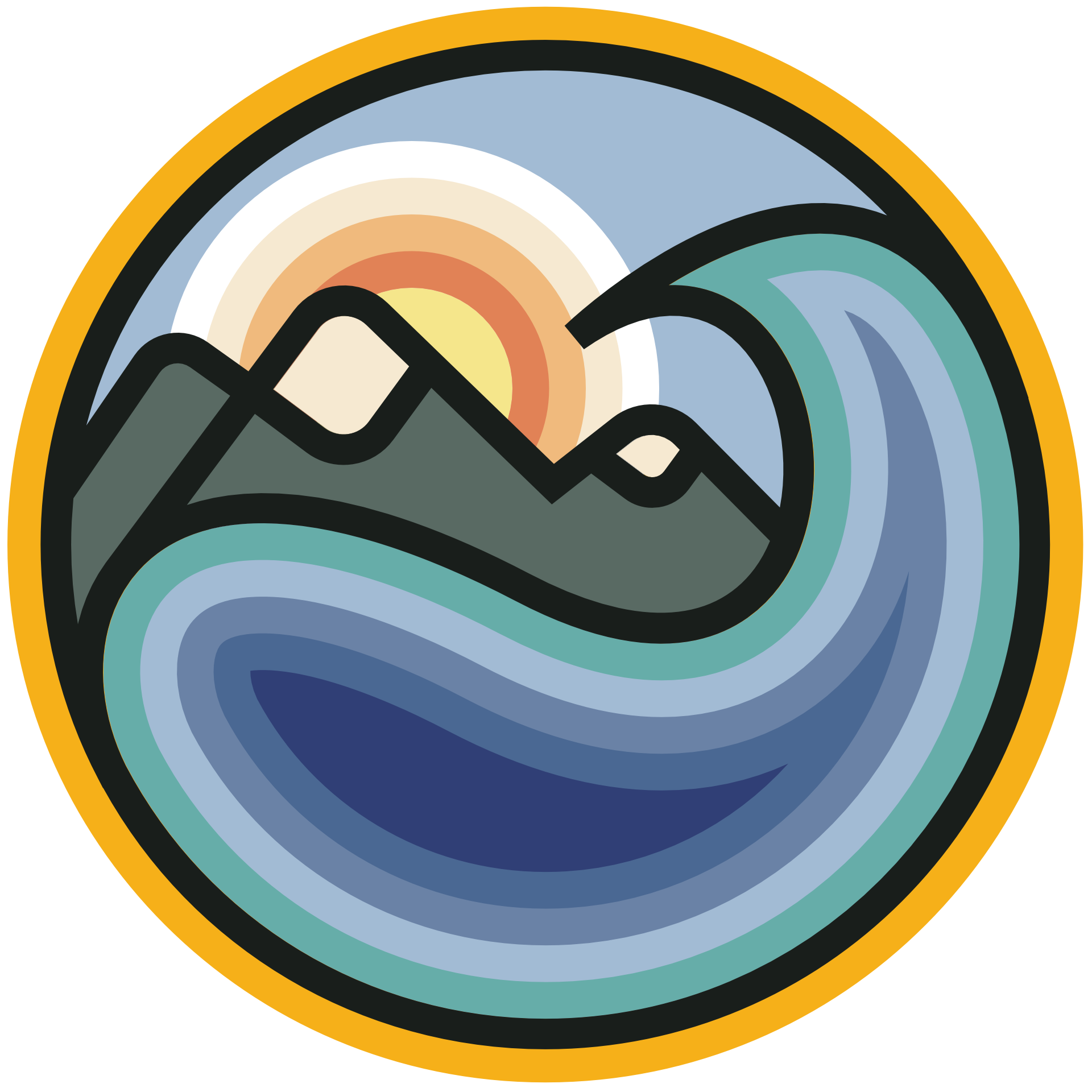Quick links and policies
Contents
Quick links and policies#
Quick links#
Course materials: https://comptools.climatematch.io/
Portal: https://portal.neuromatchacademy.org/
Website: https://academy.climatematch.io/
Crowdcast:
Code of Conduct: https://github.com/NeuromatchAcademy/precourse/blob/main/CODE_OF_CONDUCT.md
Code of Conduct Violations Form: https://airtable.com/shrezDSthWPlJ4Rpy
Project Exemption Form: https://airtable.com/shrupmgfGax5qeAuK
Attendance Exemption Form: https://airtable.com/shr7CB9qLcIVejpUd
Policies#
Coursework attendance policy#
Students who participate in this course will gain a certificate of completion for the coursework. Students are allowed to miss two days if necessary and if they communicate that with their teaching assistant. If there are exceptional circumstances that force a student to miss class for reasons completely beyond their control, such as severe illness, electricity blackouts, etc, they can request to get the certificate despite missing more than two days by filling out the attendance exemption form (https://airtable.com/shr7CB9qLcIVejpUd) at least two days prior to the end of course. Please note these requests may not be granted.
Projects attendance policy#
Projects are an integral part of the Neuromatch Academy experience. Students who participate in projects and miss no more than two days of projects work will gain a certificate of completion for the projects.
If there are exceptional circumstances that make it difficult to attend the projects portion of the course, students can request to drop out of projects by filling out the project exemption form (). If their request is granted, the student can continue to attend the coursework sections and gain a coursework certificate if eligible (see above), but not participate in the projects work.
If the student participates in projects but misses more than two days due to exceptional circumstances, they can request to get the projects certificate anyway by filling out the attendance exemption form (https://airtable.com/shr7CB9qLcIVejpUd) at least two days prior to the end of course. Please note these requests may not be granted.
